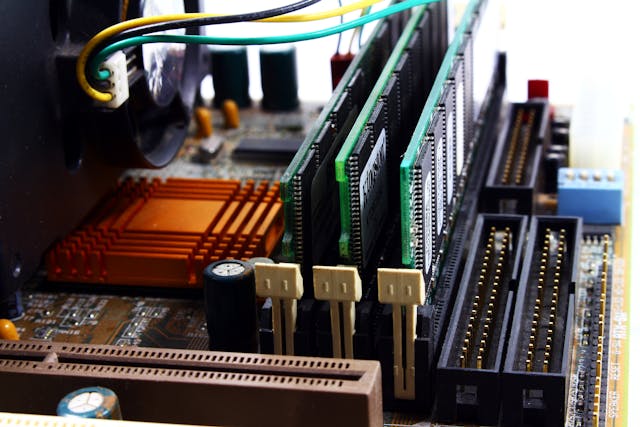
Introduction
Random Access Memory (RAM) is a crucial component in modern computing, serving as the temporary workspace where your computer processes data. Despite its essential role, many users are unsure about the lifespan of RAM and how to ensure its longevity. This article explores the factors that influence RAM life, signs of failing RAM, and tips for maintaining optimal performance.
What Is RAM?
RAM is a type of volatile memory, meaning it only retains data while the computer is powered on. It provides the quick-read and write access that your CPU needs to run applications, handle tasks, and manage active processes. The performance and capacity of your RAM directly affect your computer’s speed and multitasking abilities.
Typical Lifespan of RAM
Under normal circumstances, RAM can last anywhere from 8 to 12 years. Many factors can influence this lifespan, including:
- Quality of Manufacturing: High-quality RAM modules from reputable brands tend to have longer lifespans due to better manufacturing processes and components.
- Usage Patterns: Intensive tasks such as gaming, video editing, and running virtual machines can place more stress on RAM, potentially shortening its lifespan.
- Environmental Conditions: Extreme temperatures, humidity, and physical shocks can damage RAM modules.
- Power Stability: Fluctuations in power supply and power surges can harm RAM.
Despite these factors, it’s common for RAM to outlast other components like the CPU or GPU, particularly if it’s well-maintained and used under stable conditions.
Signs of Failing RAM
Identifying failing RAM early can prevent data loss and other issues. Common signs of deteriorating RAM include:
- Frequent Crashes and Reboots: If your computer crashes or restarts unexpectedly, especially during high-memory tasks, failing RAM might be the culprit.
- Blue Screen of Death (BSOD): Consistent BSOD errors, particularly with memory-related error codes, can indicate RAM problems.
- Corrupted Data Files: RAM errors can lead to data corruption, causing files to become unreadable or corrupted.
- Decreased Performance: A noticeable slowdown in performance, particularly with tasks that previously ran smoothly, can signal RAM issues.
- Failed Booting: If your computer fails to boot or beeps repeatedly during startup, it might be due to faulty RAM.
Diagnosing RAM Issues
To confirm if RAM is causing your computer problems, you can use diagnostic tools:
- Windows Memory Diagnostic: Built into Windows, this tool runs tests during boot to detect memory issues.
- MemTest86: A widely used third-party tool that performs extensive tests on RAM modules, detecting errors that might cause system instability.
Tips for Prolonging RAM Life
While RAM is generally robust, a few practices can help extend its lifespan:
- Maintain a Stable Environment: Keep your computer in a cool, dry place to avoid damage from temperature fluctuations and humidity.
- Ensure Proper Installation: Incorrectly installed RAM can lead to physical damage. Ensure that modules are seated correctly in their slots.
- Use a Surge Protector: Protect your computer from power surges and electrical spikes with a reliable surge protector or an uninterruptible power supply (UPS).
- Avoid Overclocking: While overclocking can boost performance, it also increases the voltage and temperature, which can reduce RAM life.
- Regular Maintenance: Periodically clean your computer’s internals to prevent dust buildup, which can cause overheating and reduce component lifespan.
Upgrading RAM
Upgrading RAM can significantly boost your computer’s performance, especially if it’s older or if you use memory-intensive applications. When considering an upgrade:
- Check Compatibility: Ensure the new RAM is compatible with your motherboard. Consider factors like DDR version, speed, and capacity limits.
- Match Specifications: For best performance, match the specifications of existing RAM modules (e.g., speed, latency).
- Consider Capacity: Evaluate your needs to determine the appropriate amount of RAM. For most users, 8GB is sufficient, but gamers and professionals might need 16GB or more.
Conclusion
RAM is a durable and vital component of your computer, often lasting many years with proper care. Recognizing signs of failing RAM and taking preventive measures can help maintain system stability and performance. By understanding the factors that influence RAM life and following best practices for maintenance and upgrades, you can ensure that your computer continues to run efficiently for years to come.


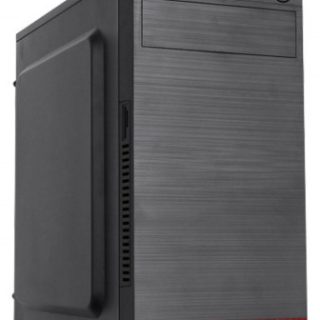

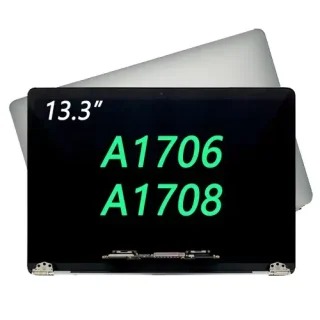
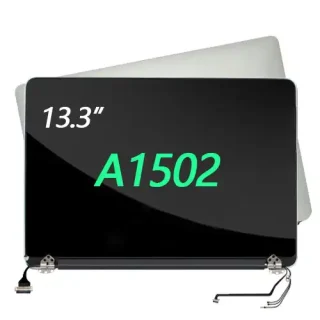
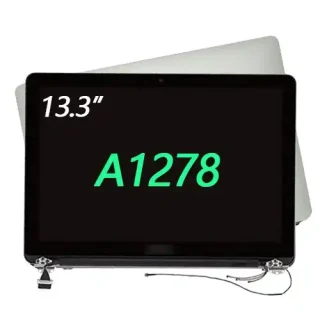
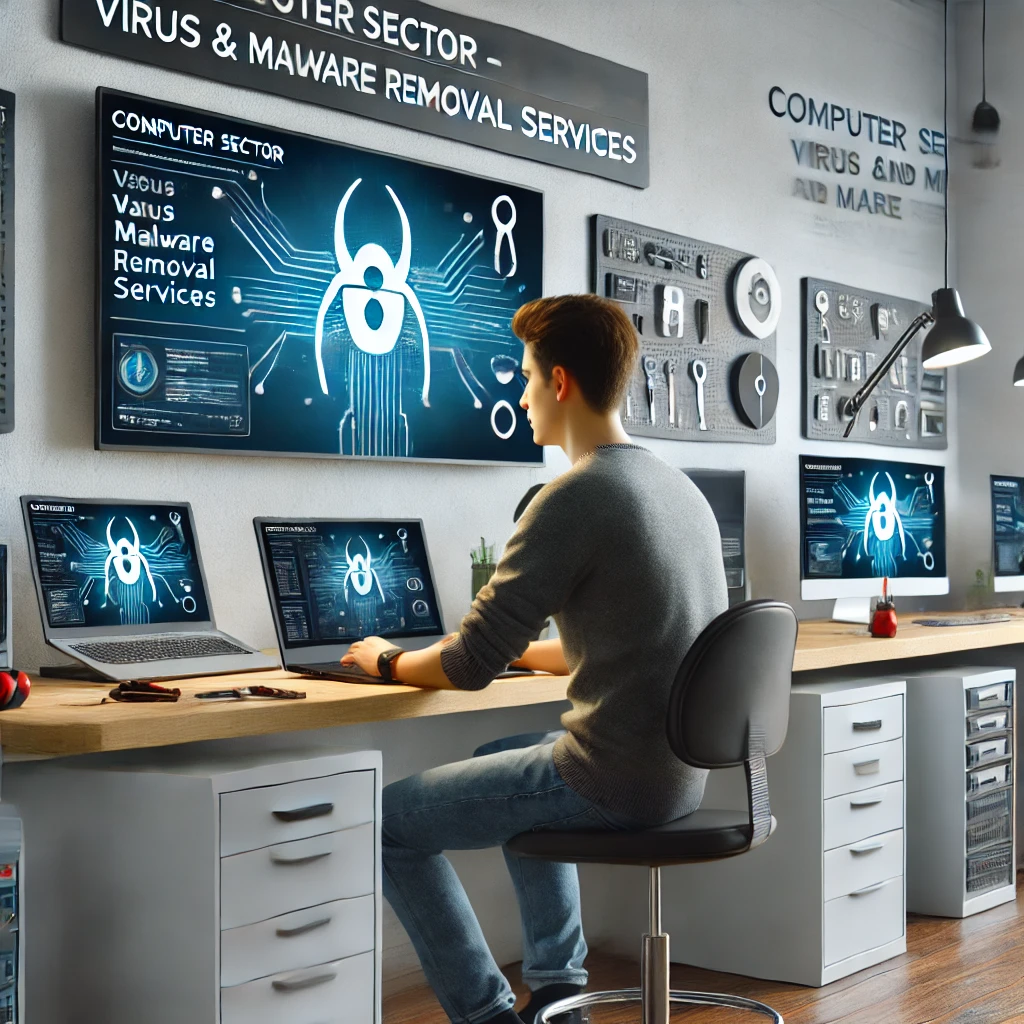
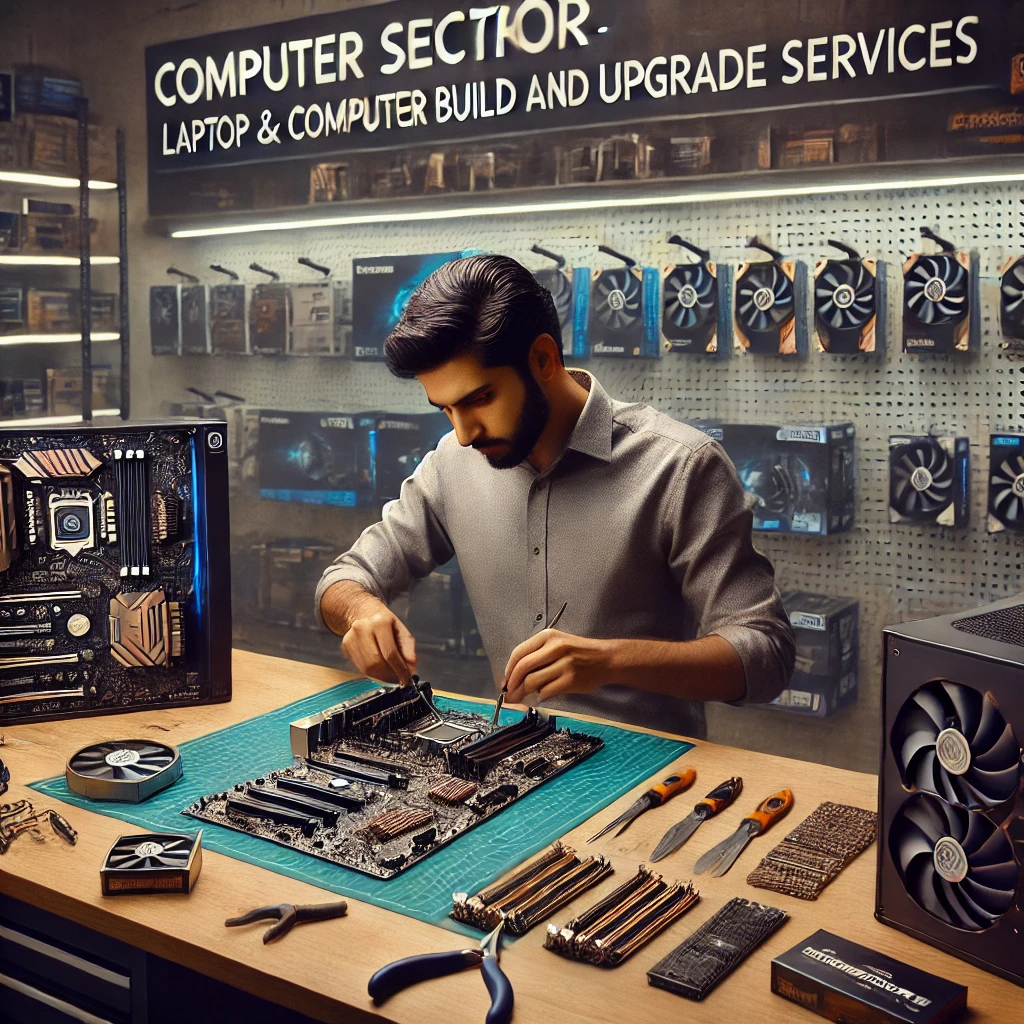
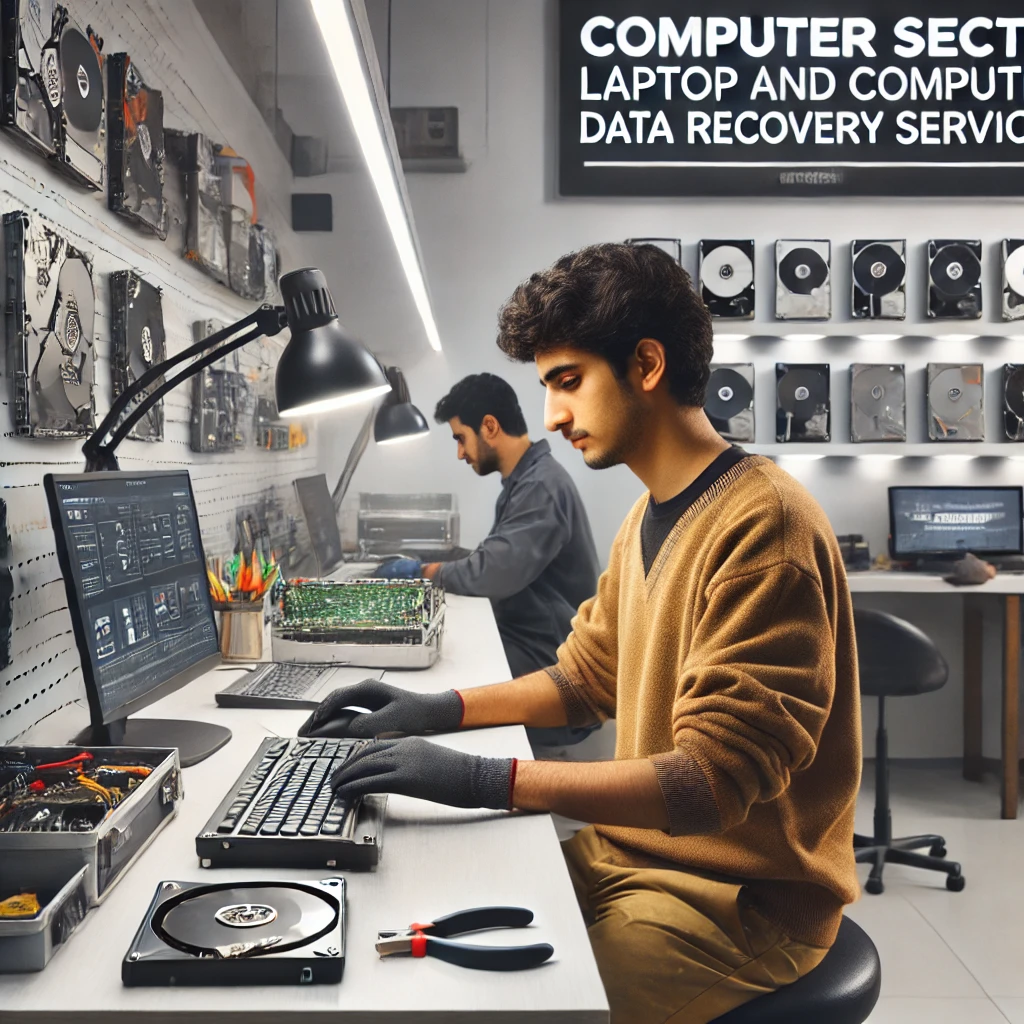

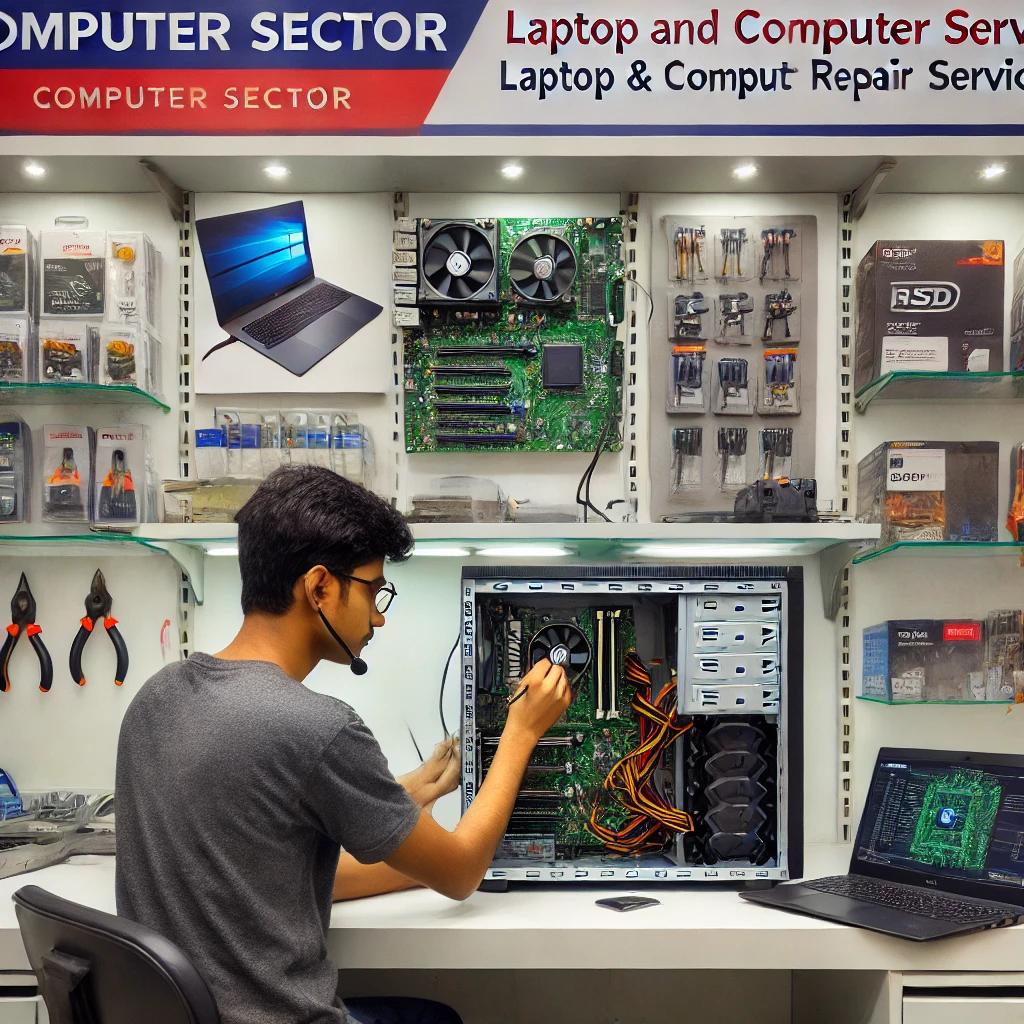


Leave a Reply